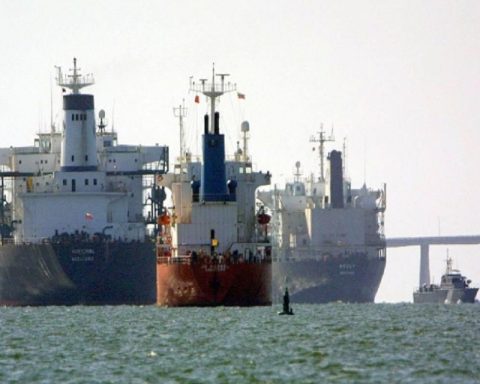November 6, 2024, 3:00 AM
November 6, 2024, 3:00 AM
The Bolivian economy faces a critical moment by registering a growth of 2.58% in the first half of 2024, the second lowest in the last 12 years. Despite being the third economy in South America, the current situation reflects serious structural problems and a difficult external context that have begun to affect the economic stability that the country enjoyed in previous years.
The recent publication of the National Institute of Statistics (INE) has sparked debates about the true state of the Bolivian economy. Although the Government highlights that Bolivia is the third best performing economy in the region, these numbers are misleading. Comparing the growth of 2024 with that of a year marked by the global health crisis, such as 2020, is not very representative of the real economic health of the country.
A deeper analysis reveals that the 2.58% accumulated growth through June is not an indicator of success, but rather reflects a worrying trend. The comparison with the 6.97% reached in 2013 shows a clear slowdown. Although there was an increase of 4.81% from the first to the second quarter of 2024, this growth is not enough to meet the government’s expectations of reaching a GDP at constant prices of US$52,833 million by the end of the year. So far, only 47.48% of this goal has been achieved.
Economic sectors show uneven performance. Although some areas such as electricity, gas and water have seen significant increases, others, such as oil and gas activity, continue in free fall. This deterioration is alarming, since the Bolivian economy has historically depended on hydrocarbons.
Foreign trade also shows signs of deterioration, with falls in investment and public spending. Imports have been affected, and the shortage of foreign currency has become a palpable problem for the population. Since 2023, a shortage of dollars has been felt, which has directly impacted the pockets of Bolivians. The long lines at the pump and protests in the transportation sector are just examples of the social tensions emanating from this crisis.
The management of the hydrocarbon sector, which was one of the pillars of growth, has been criticized for its lack of exploration and for not adequately taking care of nationalization. The drop in gas production has reduced State income, going from more than $5,489 annually in 2014 to less than $1.7 billion, which has contributed to the fiscal deficit and the Government’s lack of liquidity.
President Luis Arce has recognized the difficulties, but his administration faces a dilemma: while he is proposing strategies to reactivate the economy, political fragmentation and lack of consensus make it difficult to approve credits. This legislative stagnation puts at risk the possibility of facing the crisis.
The economic situation in Bolivia is serious and requires a comprehensive approach. It is not enough to make superficial comparisons or underestimate the structural problems that affect the country. The need to diversify the economy and seek new sources of income is more urgent than ever. The population, which already feels the impact of the crisis through rising prices and product shortages, expects effective responses that go beyond government promises.


















